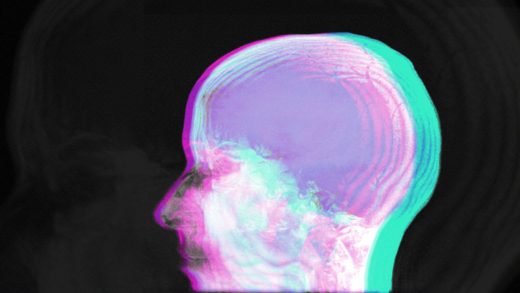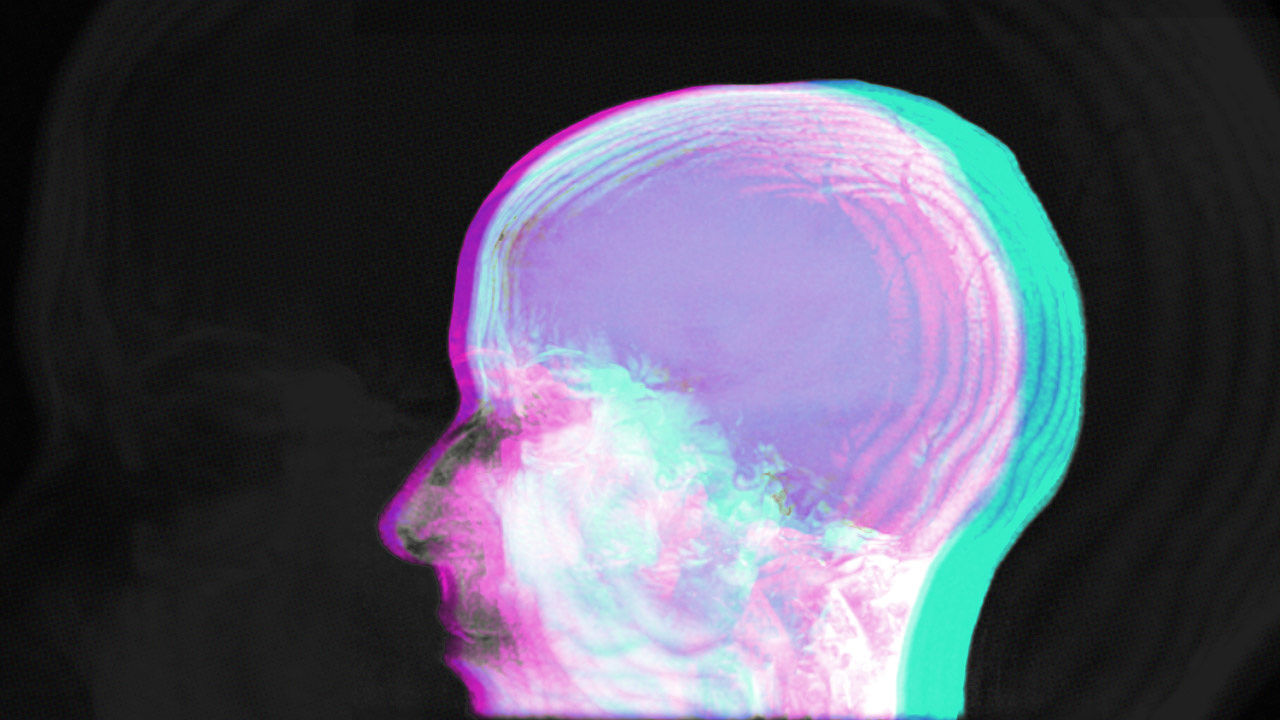Surprisingly Simple Ways You Can Trick Your Brain Into Focusing
What separates strategic, visionary thinkers from the rest of us? And why do we tend to worry about our ability to remember names—or where our keys are—rather than loss of cognitive memory that makes great performers?
These were questions that puzzled Sandra Bond Chapman, founder and chief director of the Center for Brain Health at the University of Texas—Dallas. She wondered if high-level cognitive function could be taught or improved and set about figuring out how to do so. As a result, she and her team have developed Strategic Memory Advanced Reasoning Training (SMART), a research-based brain training program that they claim can improve focus, memory, and cognitive function, starting with just nine hours of training.
If that seems unlikely, randomized clinical trials indicate that even relatively short periods of this type of training can have an impact. A 2013 study found that just 12 hours of directed brain training altered brain function, increasing blood flow, enhancing information communication across key brain regions, and expanding the connections between brain regions that lead to new learning in adults over 50 years old.
“It’s paradoxical that some of the things we think are good for our brain, the brain science is showing are almost like tobacco for the brain,” Chapman says. Multitasking, information overload, and constant interruptions are impairing the way our brains work, she says.
The SMART Approach
The SMART program focuses on the brain’s top-down processing. Think about when you’re listening to someone tell a story: You think about the main themes and the bottom-line summary of what’s being said. Bottom-up processing is where you pay close attention to the specific details to understand what’s being said. That’s important because you need to be master the fundamentals, but if you get stuck in that way of thinking, it’s tough to be visionary, she says. To help improve the brain’s ability to think in these broader, bigger ways, the program has three areas of focus.
Strategic Attention Focus is essential for memory and learning. The SMART program teaches participants to eschew multitasking and, instead, truly concentrate on the task at hand. The increase in productivity and learning when we stop trying to do several things at once is remarkable, Chapman says. Participants learn how to block irrelevant or extraneous elements and better understand root issues.
Integration Chapman says this area is where the training has the most impact. Integrative reasoning hones mental tools that exert cognitive control to “zoom in” to quickly scan the critical details, then quickly reprocess that information into global ideas by “zoom out” strategies, evaluating how those details fit into the big pictures. Trainees learn to reach broader perspectives and construct generalized applications through that toggling of focus, otherwise known as “zooming deep and wide.”
Mental Flexibility Being able to consider varied viewpoints and perspectives is another, possibly surprising, element of improving mental sharpness and cognitive function. Rather than processing information in the same way, adopting different perspectives and using information in new ways is important to improve key aspects of brain performance.
The center has plans to release an app based on SMART called “BrainHealth” later this summer. In the meantime, Chapman says that there are things we can do in our everyday lives to mimic some of the training’s methods and improve our own brain function.
Stop Multitasking
When we’re constantly shifting our attention from one thing to another, we inhibit our ability to learn and to get things done, Chapman says. While it’s fine to watch television while cooking dinner, for example, trying to answer email messages while focusing on a big writing project is likely going to detract from performance on each.
Distill And Summarize
Chapman says that we should all think like reporters, meaning that we should be looking at information, stories, and other forms of input for the key thematic element, as well as the broader storyline, then focusing on the particular applications and meaning.
Shifting back and forth between that “big-picture” perspective and the nitty-gritty of what it means to us helps us gain greater understanding and learn more. “If we can move it through taking in information, abstracting very quickly, and applying it, we get brain change very dramatically,” Chapman says.
Explore New Views
Chapman says that forcing ourselves to think in new ways and develop understanding of how other people view things is another important element of the training. Sometimes, that requires difficult work. In her team’s work with Navy SEALS, she asks them to consider why Osama Bin Laden was a charismatic leader to some people.
That’s an unthinkable concept to many, but pushing people to be more broad-based in their thinking is essential to developing visionary ability. It also helps participants get used to exploring highly volatile or uncomfortable ideas without getting emotional.
Take Brain Breaks
Five 5-minute breaks each day where you get away from technology and work, and give your brain a few moments of rest can yield remarkable results. That’s all it takes, Chapman says. She jokes about the power of bathroom breaks during her sessions. “People go to the bathroom and come back and they had a breakthrough idea, and I say, ‘What was going on in the bathroom?’ It really is just because they stopped trying push through. The brain break is one of the ways to keep your brain’s mental energy on high charge,” she says.
Read Less—And Deeper
Stop trying to know everything about everything and be more selective in the information you’re taking in. Instead of skimming dozens of stories each morning, choose a handful on which you can truly focus and you’ll retain more, Chapman says.
“The more information we download or take in, the more shallow our thinking is, and the more fragmented our brain systems are,” she says. “it’s counterintuitive because we think that if I could just take in 20 things and quickly absorb them, I would be smarter, and the science has shown that the smartest leaders are those who know from the get go to literally block out some information.”
So, while our focus on getting more done through multitasking, skimming, and moving on to the next thing as quickly as possible seems effective, Chapman says the key to truly developing the sharp focus necessary to get things done requires working at a deeper level. “We keep loading ourselves down so we’re mentally exhausted all the time. Our battery is too worn down to really engage in deeper-level thinking and be more efficient,” Chapman says. Cognitive improvement is possible when we slow down, stop letting technology interrupt us repeatedly, and practice focusing on the task or information with which we’re engaged, she says.
Start Beating Your Procrastination With These Tips
Fast Company , Read Full Story
(21)



